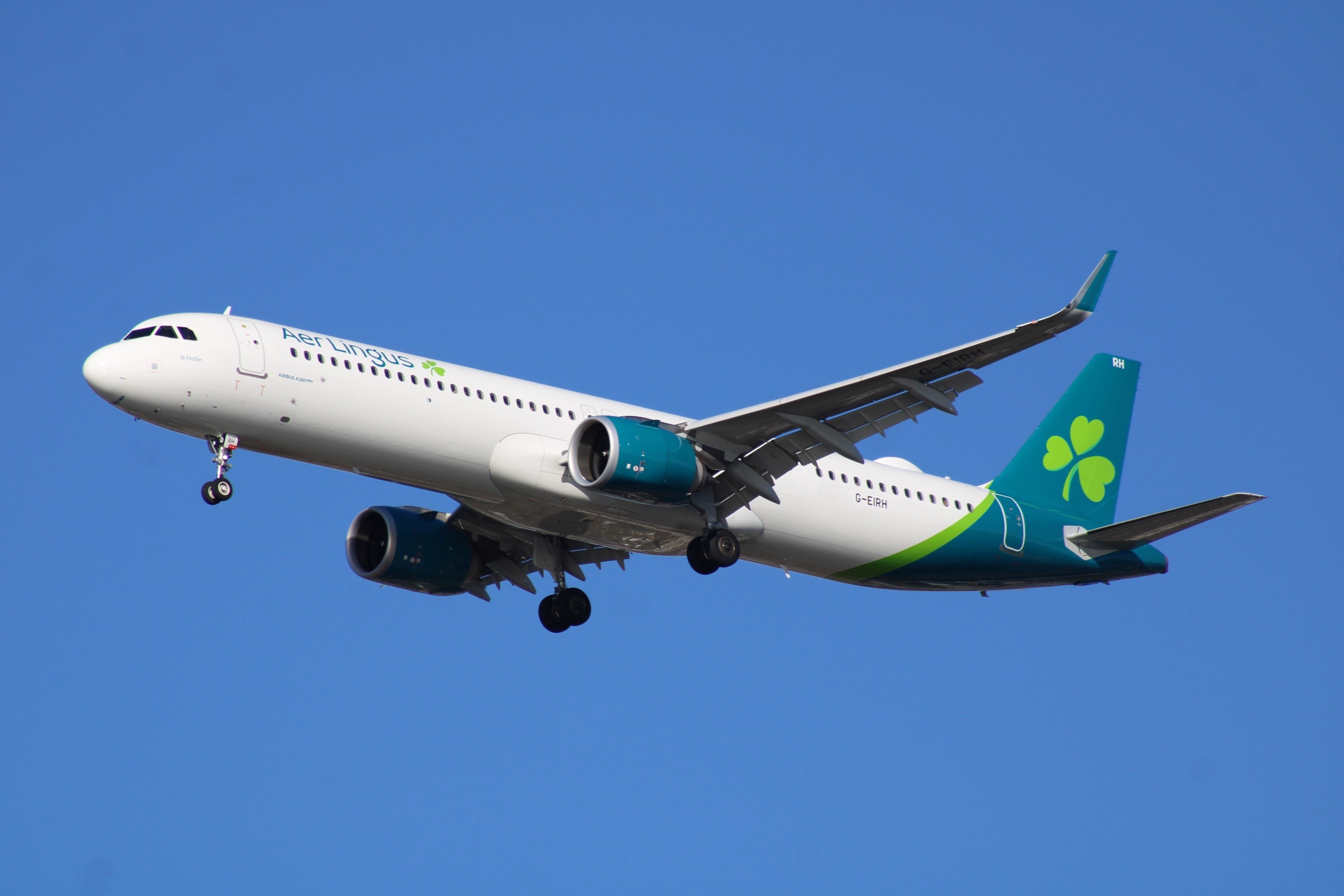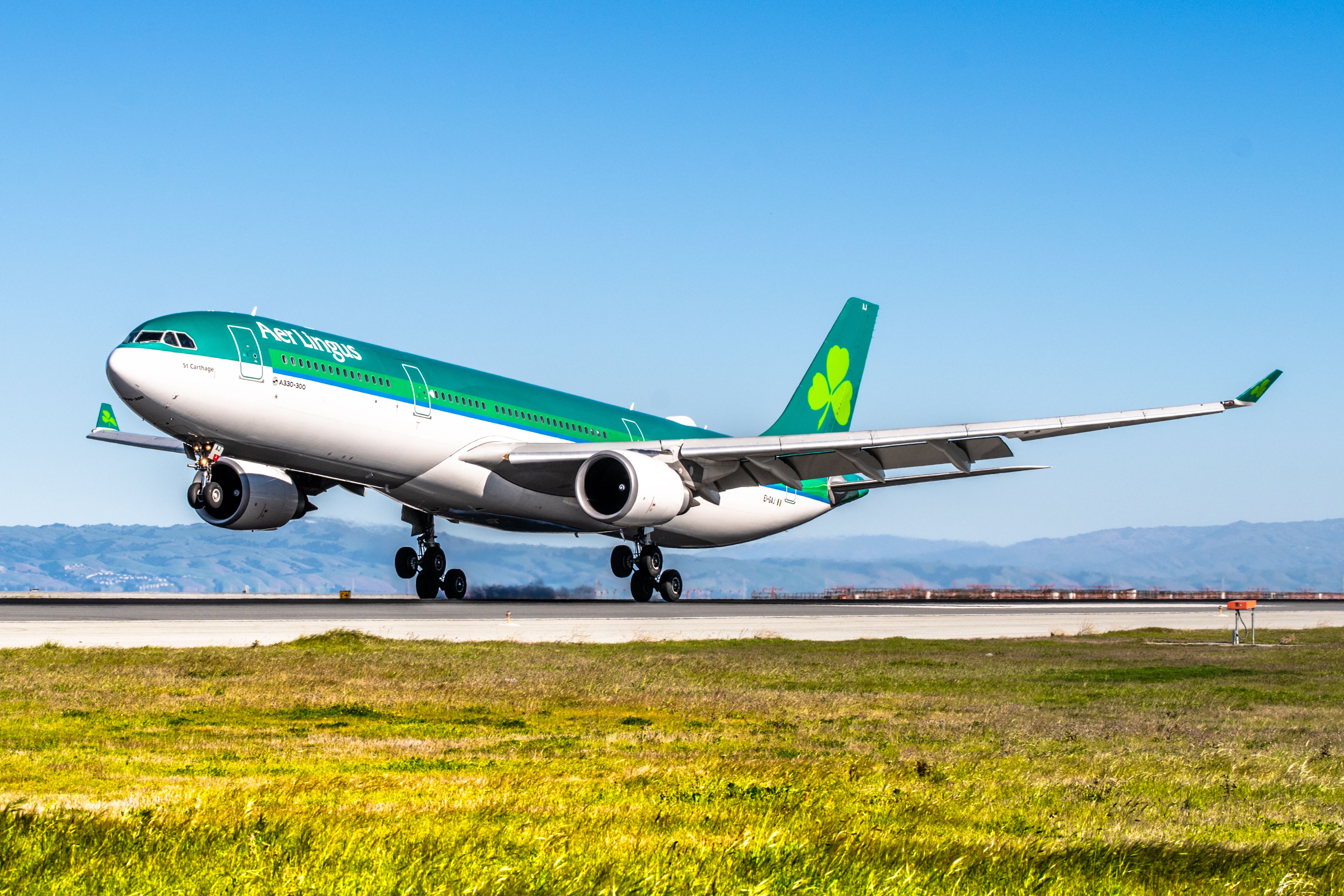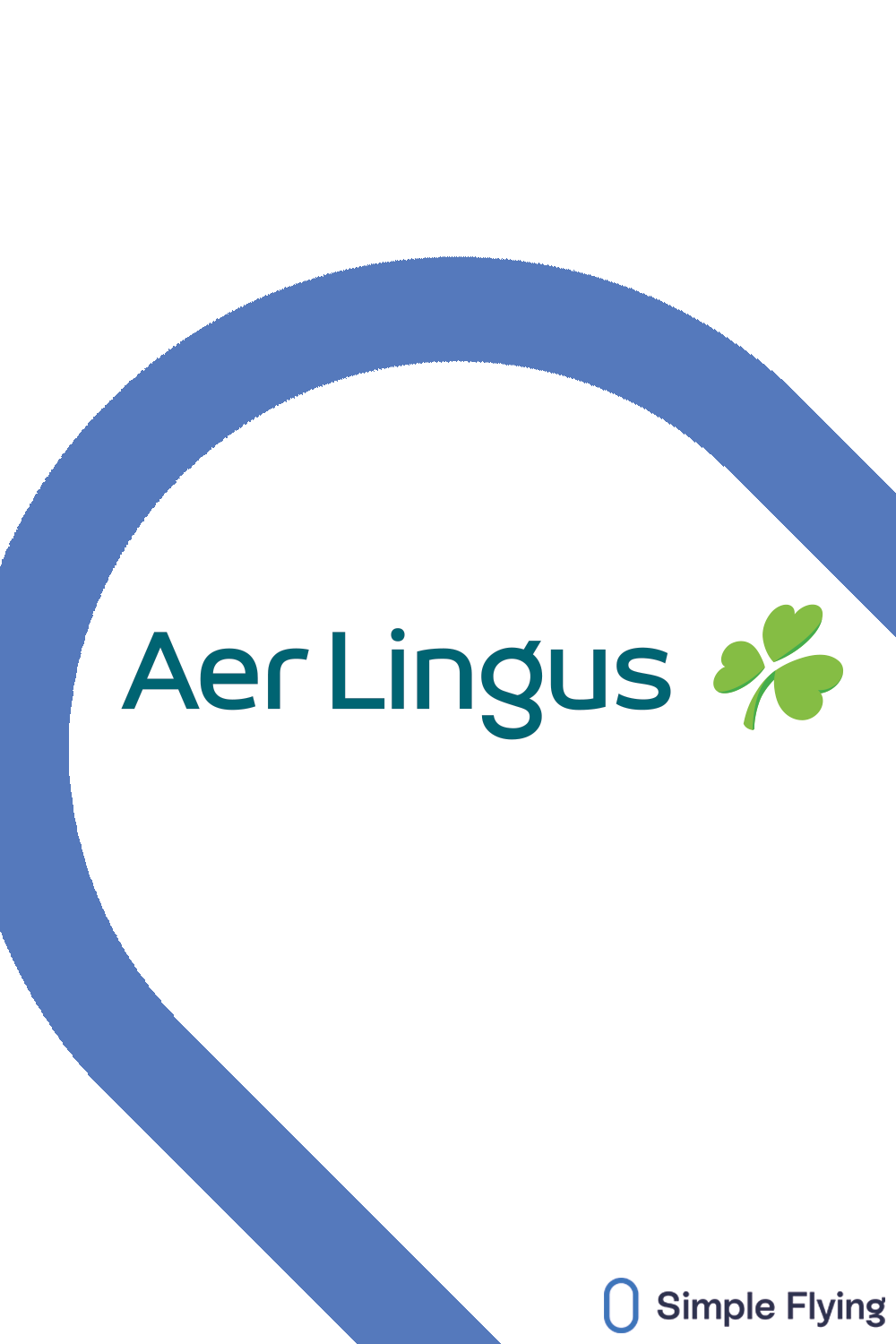Summary
- Aer Lingus could become the launch operator for the Airbus A321XLR, replacing their now-retired Boeing 757 fleet.
- The A321XLR will enable Aer Lingus to expand its transatlantic network and serve secondary cities and smaller markets.
- The United States is a key market for Aer Lingus, and the A321XLR will allow the airline to offer more routes and increase profitability.
Aer Lingus has subtly mentioned that it could be the launch operator for the Airbus A321XLR, a brand-new addition to the Airbus A320 family, poised to fit the market gap left by the Boeing 757, which is gradually being retired by airlines worldwide. Aer Lingus, a former operator of the Boeing 757, has long sought a replacement for it, given the importance of its transatlantic network between Ireland and the United States.
On November 21, the International Airlines Group (IAG) – comprising Aer Lingus, British Airways, and Iberia, among other carriers – held its Capital Markets Day, providing a rundown of its plans over the next few years. It contained hints about the future of Aer Lingus, including its upcoming inception of the Airbus A321XLR (Extra Long Range), acting as a narrowbody, long-range plane destined, in part, to replace the airline’s now-retired Boeing 757 fleet.
Aer Lingus and the Airbus A321XLR
Aer Lingus ordered six Airbus A321XLRs back in June 2019. They are to be fitted in a two-class layout, including an economy class and a business class, including lie-flat seats. The order was part of a broader strategy to allow Aer Lingus to expand its network in Canada and the United States East Coast. At the time, Willie Walsh, Chief Executive of the International Airlines Group, described the type as enabling “profitable network expansion” and, in particular, strengthening the carrier’s Dublin hub by “providing new transatlantic routes and additional flexibility for connecting passengers.”
These benefits were reiterated by Aer Lingus CEO Lynne Embleton last month:
“They’re also cost-competitive against the larger wide bodied aircraft that we deploy across the Atlantic. So, that gives profitable economic growth for us. And we also like them because of their range. So, that gives profitable economic growth for us. And we also like them because of their range. So these are going into more cities than we’re able to do with our existing A321LR aircraft [pictured below].”
Photo: The Global Guy | Shutterstock
In its Capital Markets Day presentation, Aer Lingus was also labeled as becoming the “First to Fly” the Airbus A321XLR in the fourth quarter of 2024. In addition, Julio Rodriguez, Chief Commercial Strategy officer for the International Airlines Group (IAG), said the following:
“Aer Lingus will be the launch customer for the A321 XLR from Q4 2024.”
The first A321XLR – whether for Aer Lingus or not – is in the Final Assembly Line. According to Airbus, certification for the type is planned for the second quarter of 2024. Just yesterday, the Head of the A321XLR Program at Airbus shared the following on social media. It is unclear whether this aircraft will go to Aer Lingus.
At the Paris Air Show in June 2019, Middle Eastern Airlines became the launch customer of the Airbus A321XLR, signing a purchase agreement for four of the type. While it is expected to become one of the first, with deliveries scheduled for 2024-2025, it was unclear whether Middle Eastern Airlines would become the launch operator.
The United States is a key market
Aer Lingus is well-positioned in IAG’s strategy to prioritize lucrative markets such as Europe and the United States. The Irish diaspora in North America, coupled with the high demand for connecting transatlantic routes that Aer Lingus banks on, makes the Airbus A321XLR an exciting choice for the airline.
The Airbus A321XLR allows the Irish flag carrier to offer service to “secondary cities or smaller markets that aren’t over-served by other carriers,” according to Embleton. Aer Lingus anticipated deploying the aircraft on new services to Minneapolis-Saint Paul and Denver once delivered, replacing the Airbus A330s that would inaugurate them. The decision to re-launch flights to Minneapolis has since been reconsidered, as the route was removed from schedules shortly after, as reported by Simple Flying in August.
Photo: Vincenzo Pace I Simple Flying
IAG hubs lie on the west coast of Europe, including Dublin, London, and Madrid. This allows the group to largely dominate the market due to their geography. Aer Lingus says it “ranks fourth in the world in terms of the breadth of its long-haul network serving key US gateways and is the fifth largest European carrier based on the number of seats on offer between the US and Europe.”
Boeing 757 replacement
Aer Lingus will use the Airbus A321XLRs as a replacement for the Boeing 757s that were phased out in 2020.
The Irish flag carrier operated four Boeing 757-200s, allowing the airline to expand to destinations such as Minneapolis and Toronto in North America. The former was eventually suspended (to be reintroduced with the A321XLR) while Toronto was substituted for an Airbus A330 given popular demand.
Commenting on the International Airlines Group’s fleet renewal program, Aer Lingus CEO Lynne Embleton said:
“So, those fuel-thirsty 747s [British Airways], the fuel-thirsty A340s [Iberia] and the 757s that we had, have all exited and as we transition to a modern fleet, we get all of the customer benefits, the fuel efficiency benefits and, of course, the environmental benefits that go with that. Now, IAG is fortunate to sit on some of the biggest markets from Europe to the US and that, of course, is helped by that historical connections, particularly Ireland and the UK, and when we take UK and Ireland and Spain together, we account for a third of the US Europe revenues.”
Simple Flying has contacted Aer Lingus for comment and additional confirmation of its plans to become the launch operator. This article will be updated with any response.




